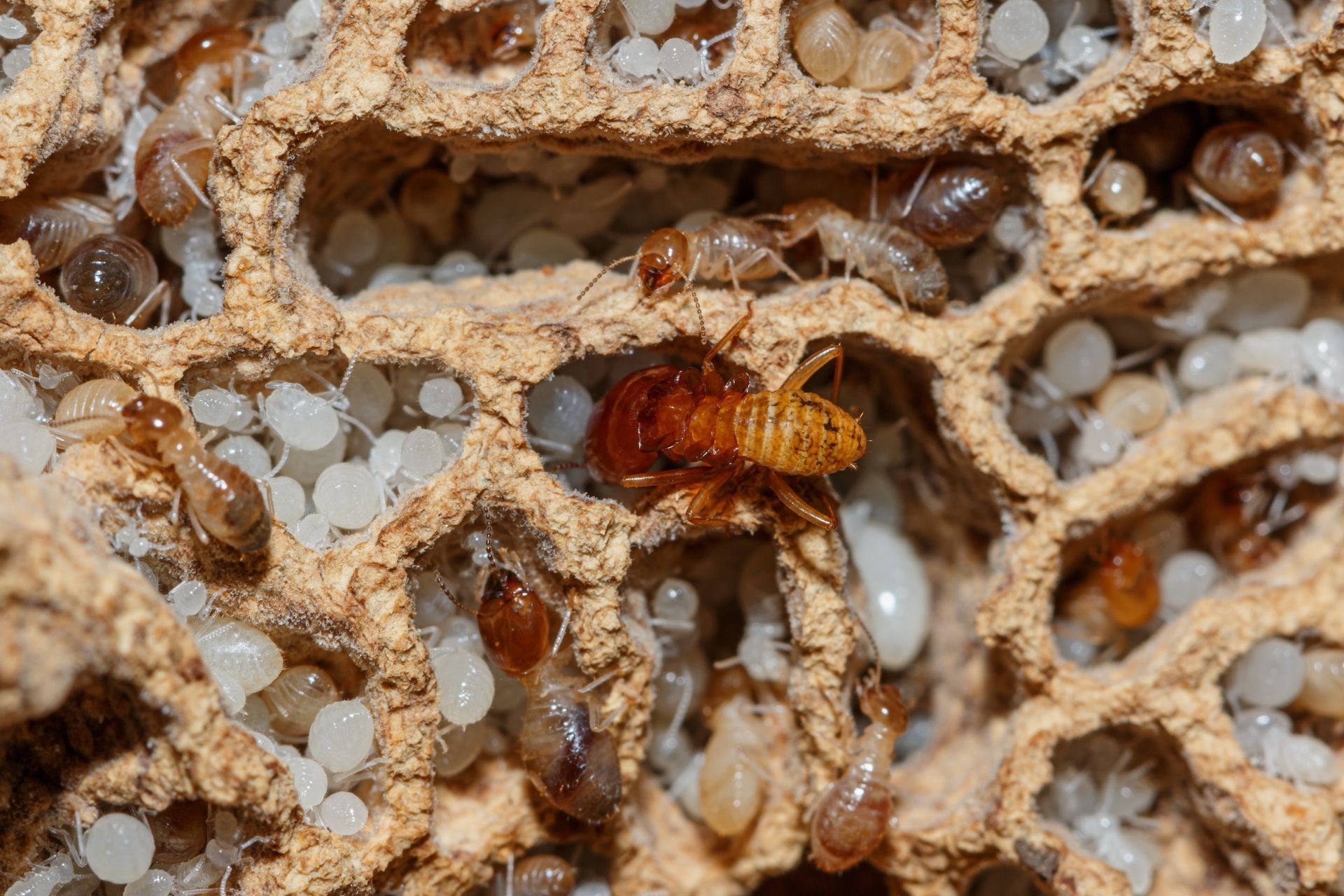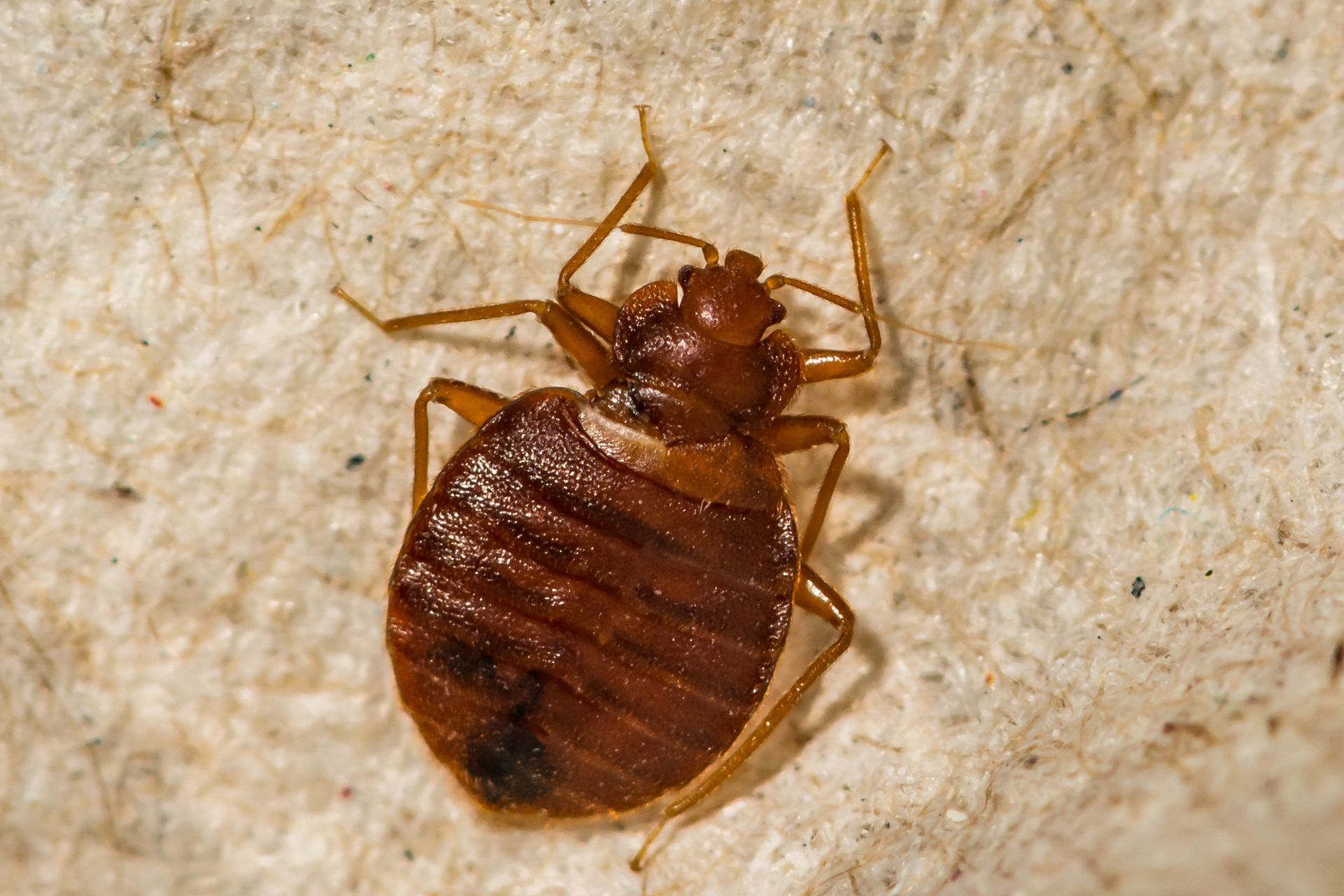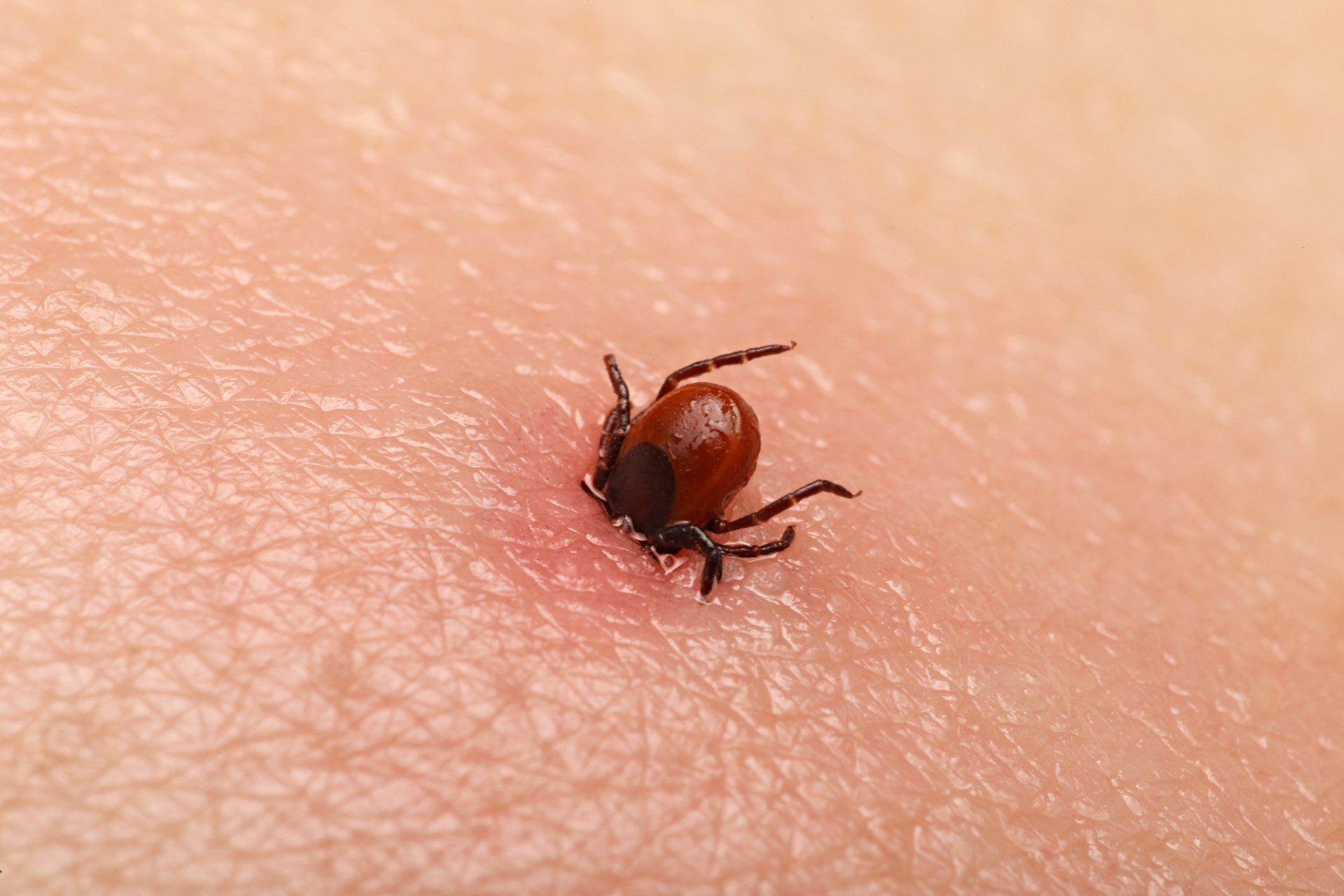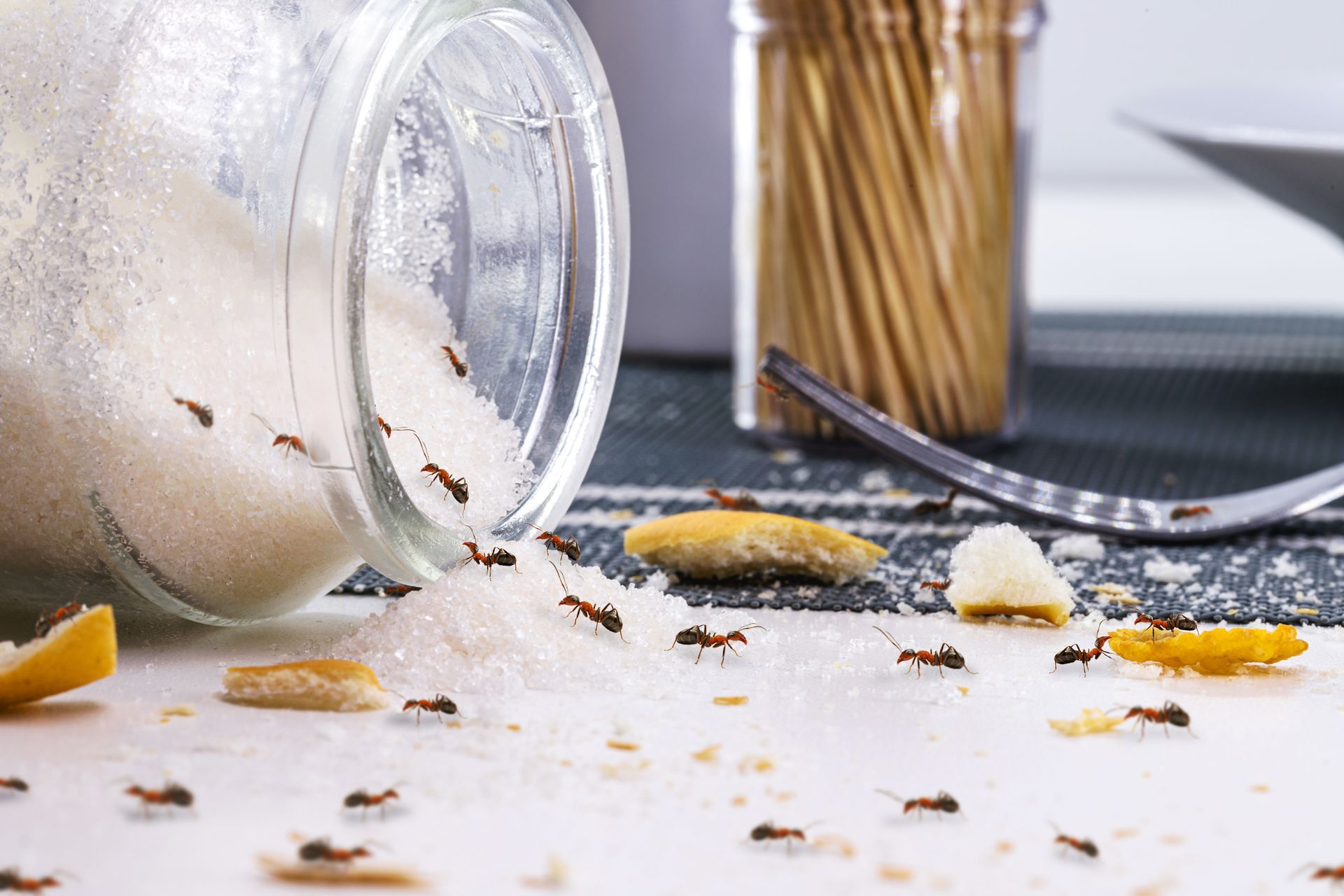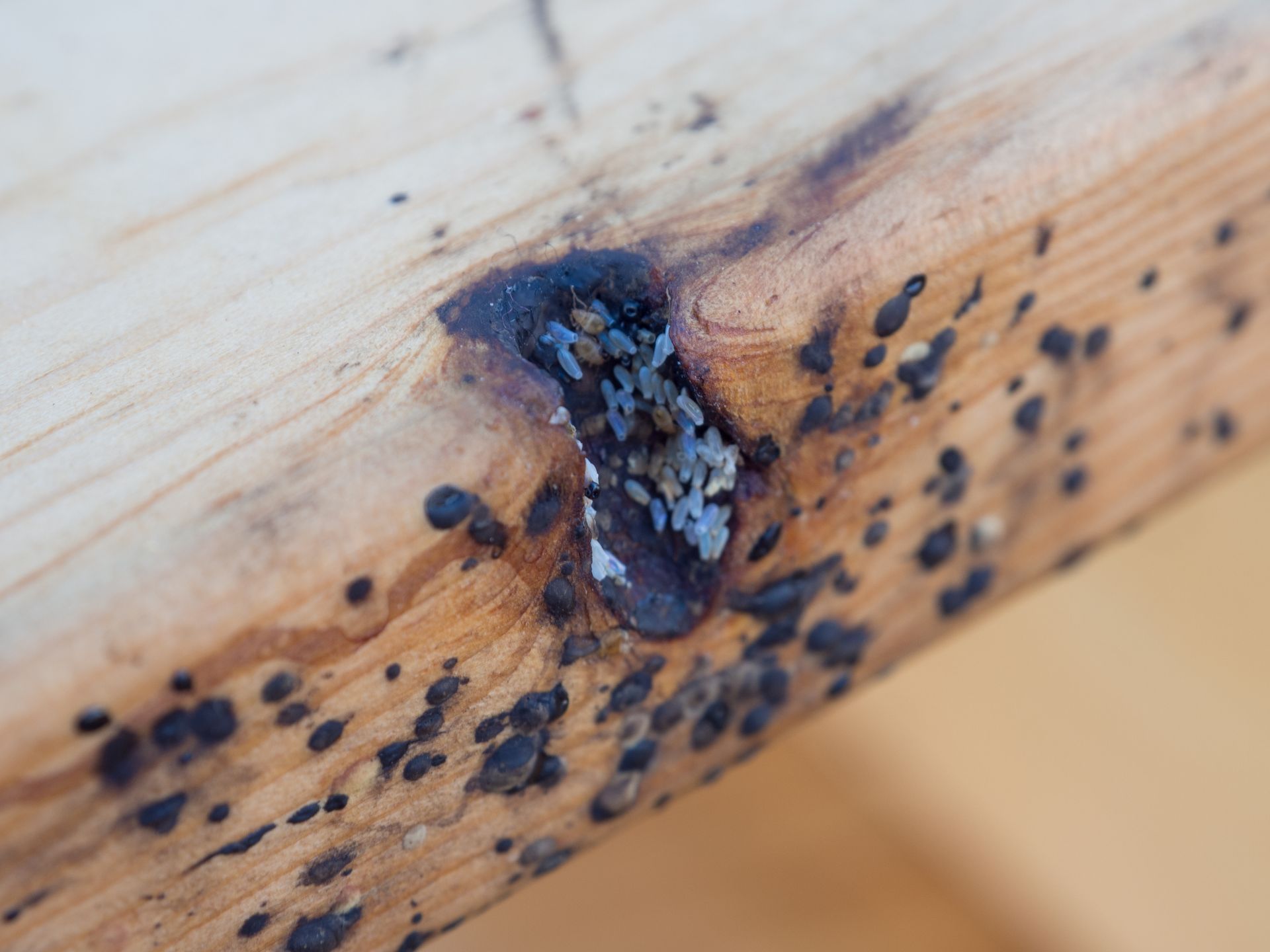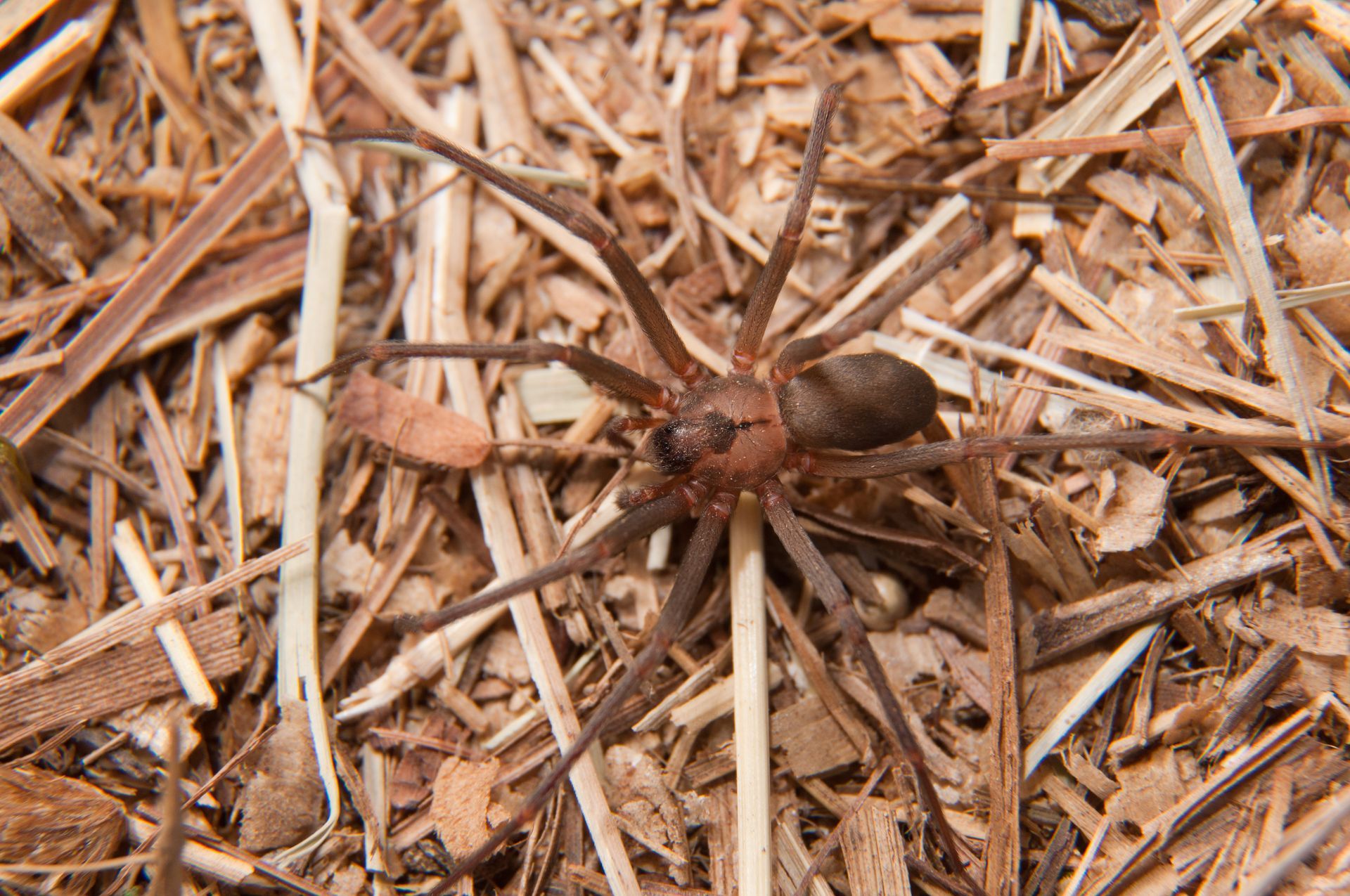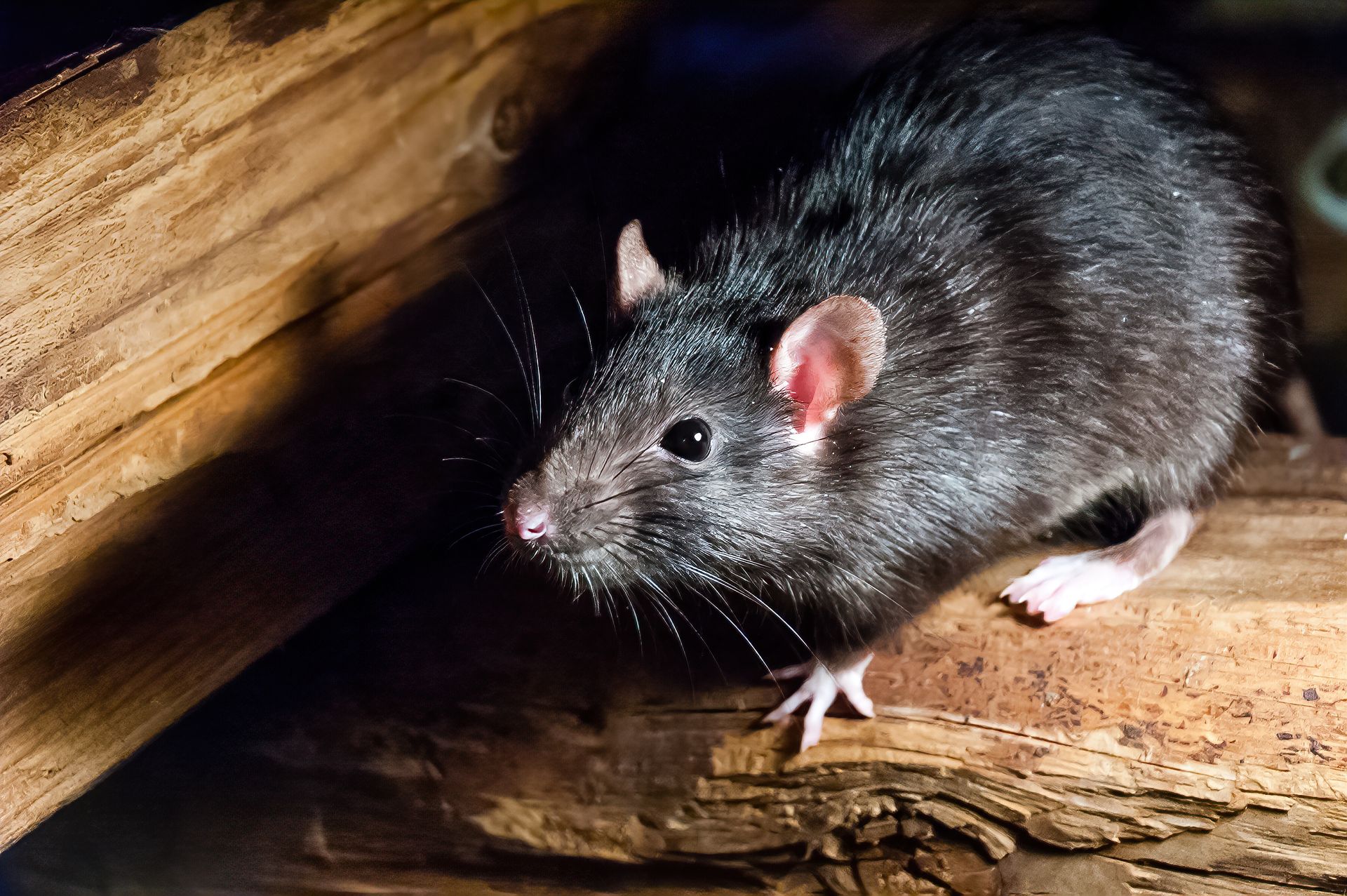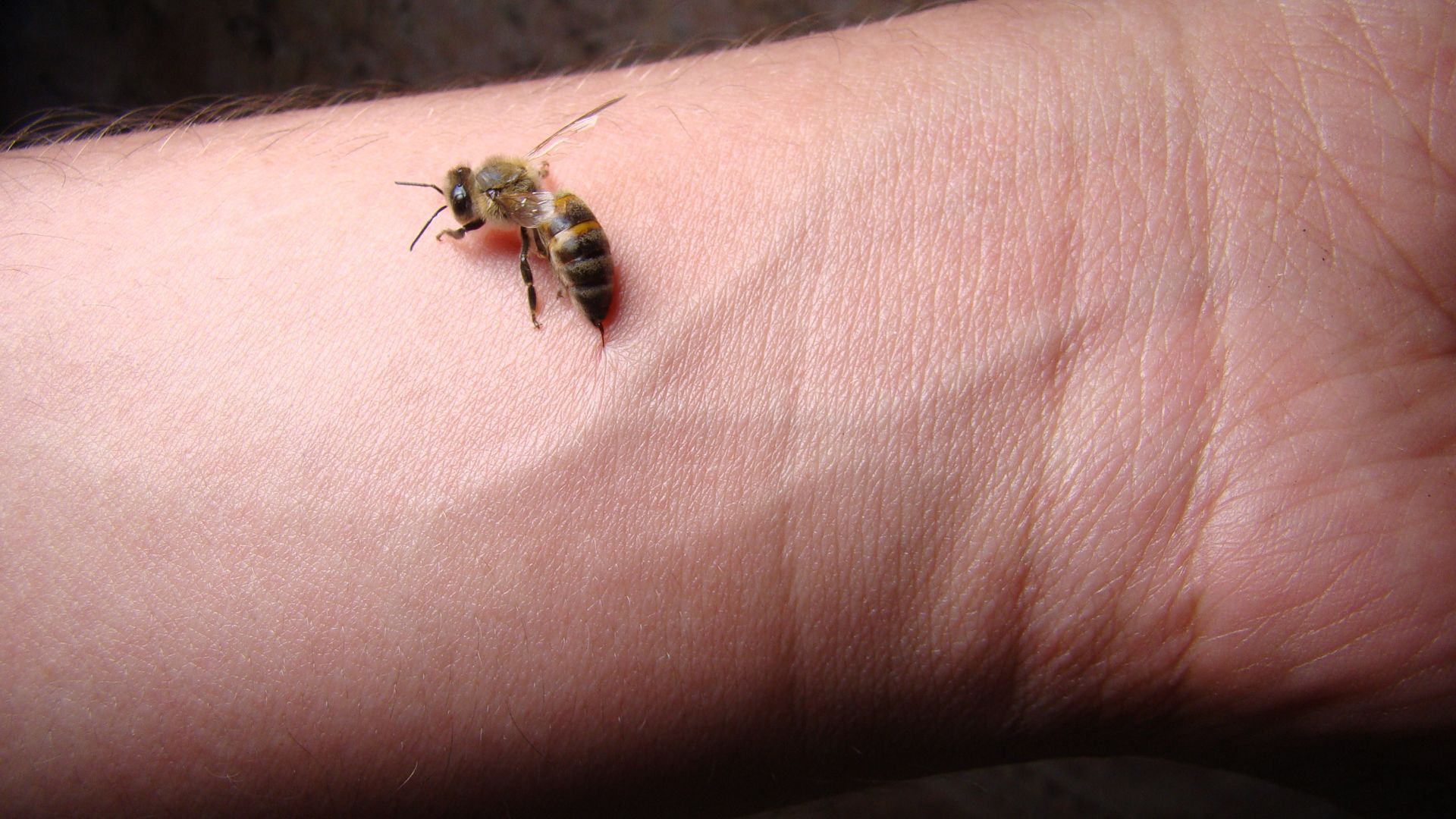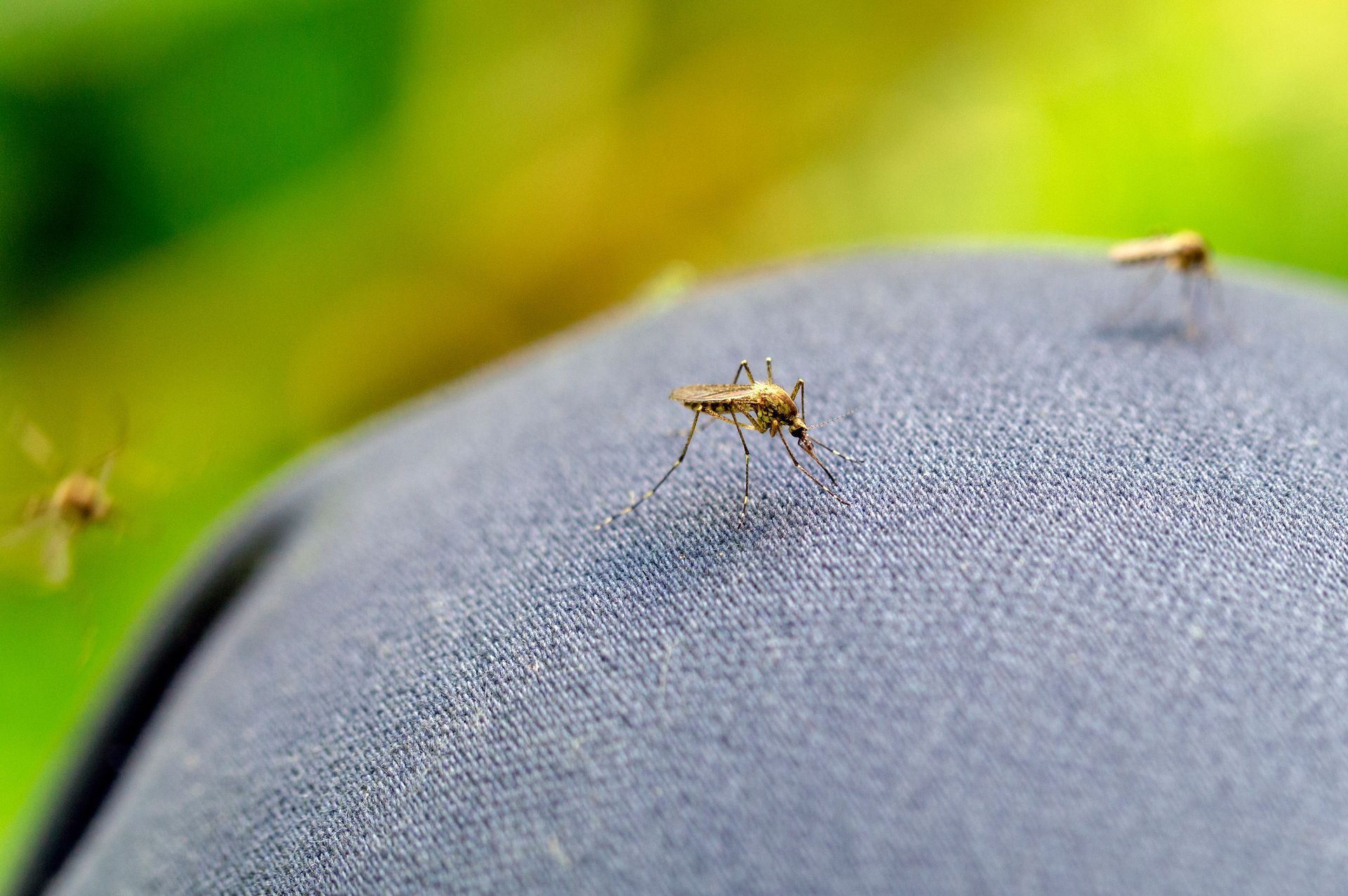Most Venomous Spiders Around the World and North America

Out of the 43,000 known spider species worldwide, only a small percentage pose any significant threat to humans. While nearly all spiders are venomous, using their venom to subdue prey, only about 25 species have been identified as potentially lethal or harmful to humans. The most notorious among these include the funnel-web spiders, redback and black widow spiders, banana and wandering spiders, and recluse spiders. Even though complications from spider bites do occur, fatalities from spider bites are exceedingly rare. For instance, the U.S. recorded just one spider bite-related death in 2021 and Australia, despite housing some of the world's most venomous spiders, hasn't reported a spider bite death since the 1980s. It's crucial to differentiate between spiders being venomous and being dangerous to humans. While many might possess venom, only a few can cause significant harm to people.
How Dangerous Are Spiders?
Most people have an unsubstantiated fear of arachnids but the actual risk they pose is minor. Even when a potential spider bite occurs, evidence that proves a spider bite happened is difficult to prove because it's uncommon for someone to witness a spider bite, capture the spider, and then have it analyzed by a specialist. Most of the time, when spider bite related complications happen, it isn’t until much later that the assumption is made that the impacts were caused by a spider bite. Now that isn’t to say that spider bites do not occur and that they do not pose any danger at all. The AAPCC reported approximately 40 out of 3,500 recorded spider bites in the U.S. caused “major” complications in 2021. Of those, the only death that year was linked to a brown recluse bite.
Is There a Difference Between Venomous and Poisonous?
Venomous and poisonous are commonly misused as people often confuse them to mean the same thing. However, the terms refer to different ways toxin gets delivered. Venomous creatures inject toxins through anatomical features like fangs or stingers. These features are often sharp hollow points that act as syringes to deliver toxins into their prey to incapacitate or kill them. Poisonous creatures, on the other hand, contain toxins within their tissues which generally pose more of a threat when eaten or touched. When it comes to spiders, they are mostly venomous even though the term poisonous is often incorrectly used to describe them.
The Most Venomous Spiders in North America
The two most venomous spiders that pose potential risks to humans in North America are black widows and brown recluses. The Centers for Disease Control and Prevention (CDC) specifically highlights these species due to how dangerous their venom is. Both spiders shy away from humans and bites typically occur only when they are threatened or trapped. Encounters with these spiders generally occur in places like secluded areas like garages, barns, or basements. Despite how dangerous these spiders are, fatalities are uncommon with only a handful of spider bite related deaths being reported in the United States.
Black Widow Spiders (Latrodectus mactans)
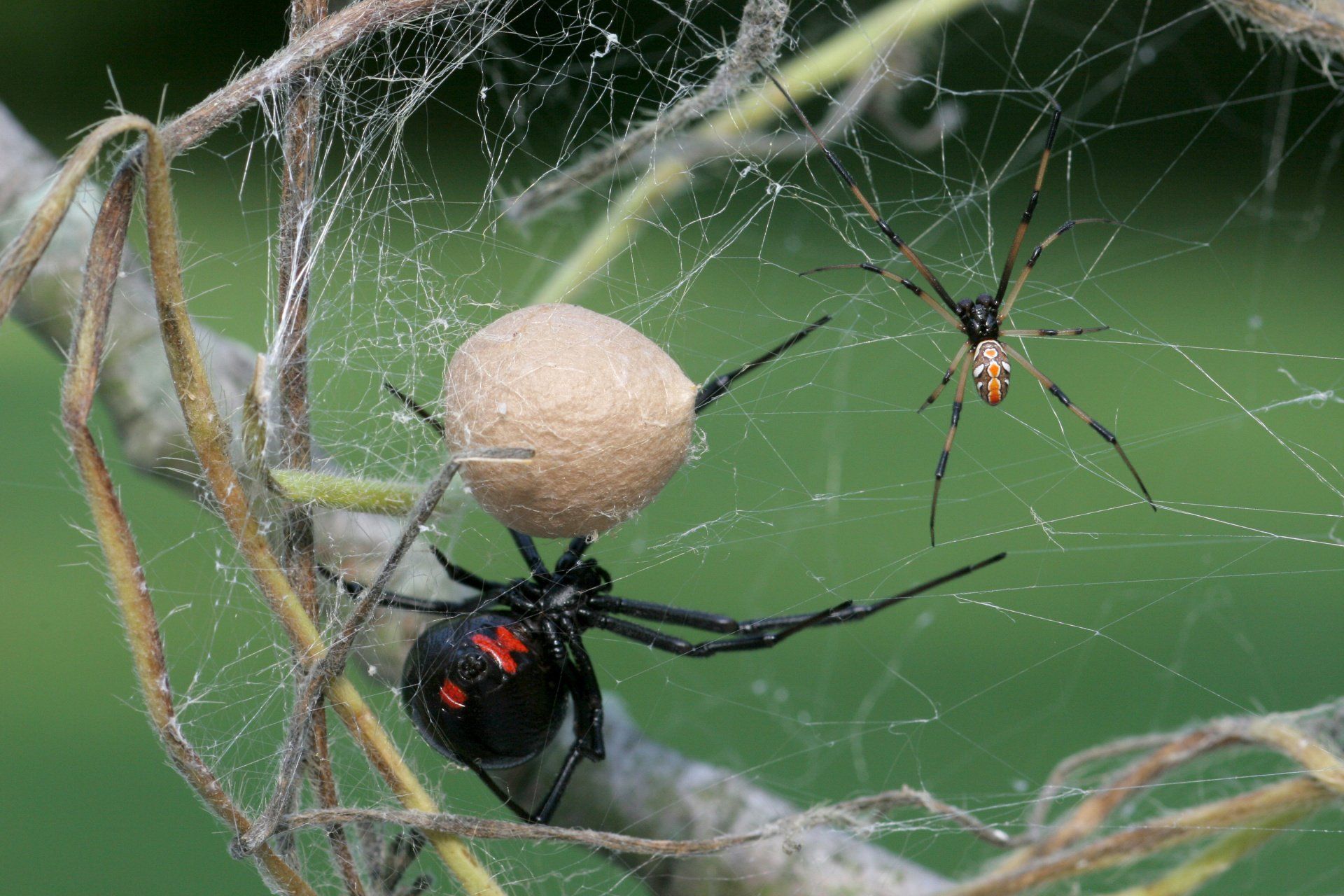
Black widows are prevalent in southwestern states and are often found in environments where they are least likely to be disturbed. They spin webs that are not symmetrical using extremely strong webbing in places like garages, storage, decks, and basements. Female black widows are easily identified by the iconic red hourglass symbol located on their shiny black abdomen. They grow to about an inch long and are considered one of the most dangerous spiders in North America. Female black widow venom is estimated to be 15 times stronger than rattlesnake venom and can result in severe muscle pain, cramps, nausea, and difficulty in breathing. Even as strong as the venom is, the dose is much smaller than that of a rattlesnake so black widow related deaths rarely occur. They typically only bite humans when threatened, provoked, or when their web or nest is disturbed. Most of the time, female black widows will use a non-venomous "dry bite" when defending themselves to reserve their venom for potential prey. Male black widows are much smaller than their mates, light brown, and are not considered dangerous.
Brown Recluse Spiders (Loxosceles reclusa)

The brown recluse spider is native to the central, southern, and midwestern states in the USA. They often nest in areas like attics, storage spaces, wall cavities, and other places that are left undisturbed. It is recognized by its distinct violin-shaped marking on its brown body, and they typically measure about ¼ to ½ inch long. Brown recluse spiders are considered the other most dangerous spider in North America, next to black widows. Even though they are smaller than black widows, they can still deliver a dangerous bite for their size due to enzymes in their venom that cause the skin to decay around the bite. As dangerous as they are, brown recluses are not aggressive and are much more likely to stay hidden as their name implies. However, when bites occur, the venom can cause skin necrosis which can lead to a deep, open sore. Other symptoms can include nausea, vomiting, fever, rashes, and muscle pain. Severe reactions are rare but can result in organ damage and even death. Despite the potential severity of their bite, fatalities from brown recluse spiders are very uncommon.
Brown Widow Spiders (Latrodectus geometricus)
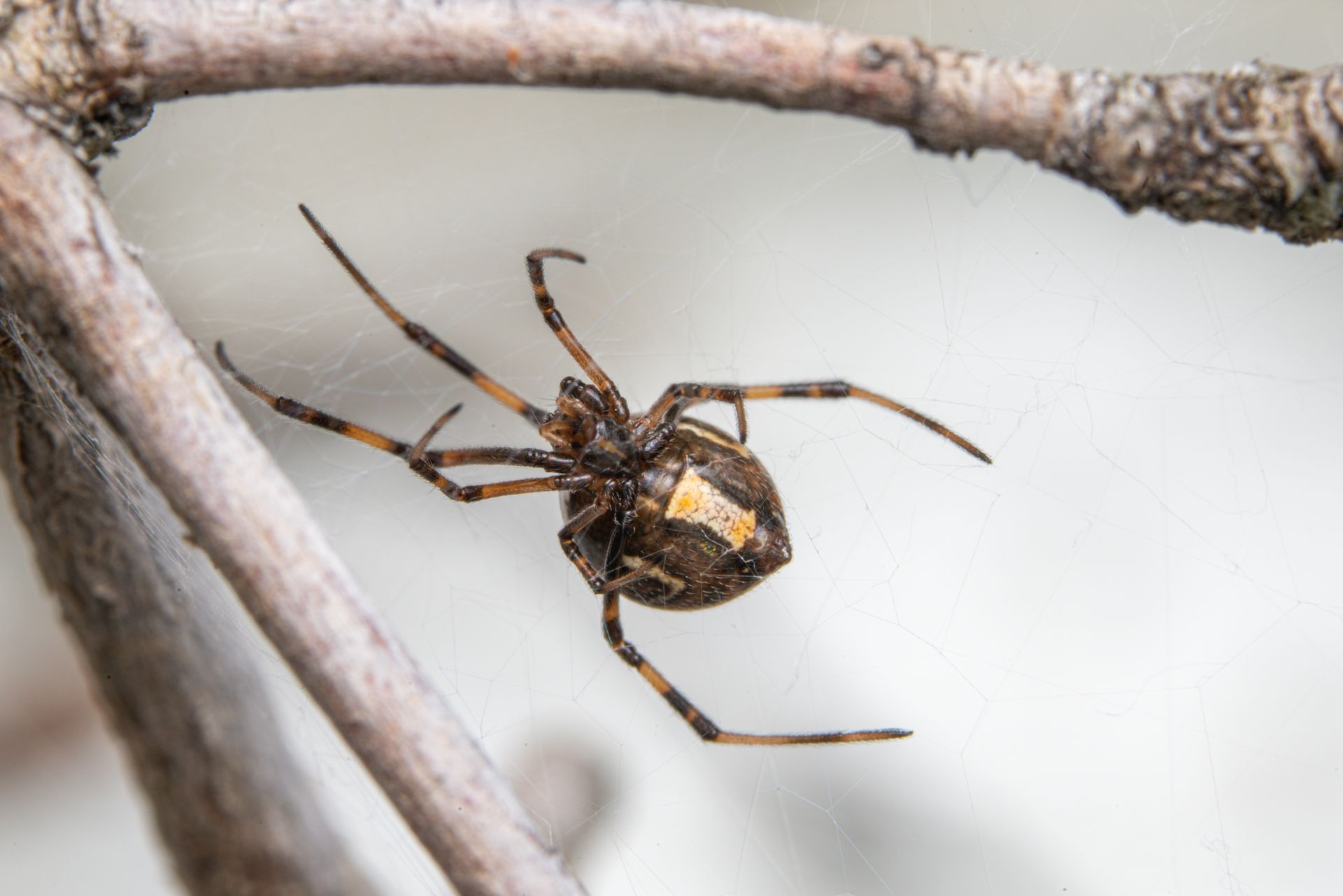
The brown widow spider is believed to originally be from Africa and has since spread to other parts of the world parts including the United States. They are now found along the south in California and several of the Gulf states. Brown widows are from the same family as black widows. They share similar markings and are recognized by a bright orange hourglass symbol found on its brown abdomen and patterned legs. Their venom is estimated to be twice as powerful as that of the black widow, but brown widows are generally less aggressive and inject a smaller quantity of venom during a bite. As a result, its bite can cause localized symptoms such as pain, sweating, vomiting, and muscle rigidity but it's often considered less dangerous overall compared to the black widow. Nevertheless, bites that result in severe complications can lead to muscle spasms, temporary paralysis, and lasting damage to the central nervous system. It's essential to approach these spiders with caution anytime they are encountered.
Red Widow Spiders (Latrodectus bishop)

The red widow is another relative of the more widely recognized black widow spider. It is known as the red legged widow because it is identified by its reddish cephalothorax and legs. Its abdomen varies in color from reddish-brown to black and often features red or orange spots encircled by yellow or white outlines. These markings can sometimes resemble an hourglass, triangle, and sometimes even a shape that resembles a heart. Adult female red widows have a leg span ranging from 1.5 to 2 inches, while males are roughly one-third of the female's size. They are predominantly found in palmetto-dominated scrublands of central and southern Florida but there's evidence suggesting that their habitat range might be expanding to other gulf states. While the red widow is generally not aggressive, it may bite when defending its eggs or if feels threatened or trapped. The bite's symptoms mirror those of the black widow and can result in localized pain, cramping, and nausea. However, severe reactions are rare due to the small amount of venom that is injected during a bite.
Yellow Sac Spiders (Cheiracanthium inclusum)

Yellow sac spiders belong to the Clubionids family and are prevalent across the United States, Mexico, South America, Eurasia, and Africa. These spiders typically measure about an inch in length and are recognized by their pale yellow or beige bodies that are accentuated with dark brown markings around their jaws and feet. They are known to construct silken tubes in various environments like leaves, grasses, and even man-made structures. While they are not inherently aggressive, female yellow sac spiders can bite defensively especially when their eggs are threatened. Their venom contains cytotoxins that can damage or impair cells. Most of the time, a bite will result in localized symptoms like redness, swelling, and itching. These symptoms typically resolve within a week to ten days. However, in rare cases it can cause necrotizing lesions, leading to tissue death around the bite but long-term complications are uncommon.
Wolf Spiders (Lycosidae)

Wolf spiders refer to spiders within the Lycosidae family. They are globally distributed with about 125 species found in North America and around 50 in Europe. They are recognized by their dark brown color, hairy bodies, and long legs. Unlike web spinning spiders, these spiders are known for their agility and hunting style which involves chasing and pouncing on their prey, much like wolves. The different species range in size with the largest wolf spiders reaching up to 2 inches long with legs fully extended. They are primarily ground dwellers that are often found in grass, beneath stones, logs, or leaf litter. While encounters with humans are avoided, they will sometimes venture into homes in search of prey. Unique to their reproductive behavior, female wolf spiders will carry their egg sacs attached to their spinnerets. After hatching, the spiderlings ride on their mother's back for several days until they are ready to fend for themselves. Wolf spiders are not generally aggressive, but they might bite if threatened or cornered. Their venom is not considered dangerous to humans, but the bite can cause redness, swelling, and itchiness similar to that of a bee sting. However, some individuals might experience allergic reactions which can lead to nausea, dizziness, and an increased heart rate.
The Most Venomous Spiders Found Around the World
Out of the approximately 43,000 spider species identified globally, only 25 - 30 are consistently linked to human deaths. Their venom has primarily evolved to incapacitate smaller prey and usually has minimal effects on humans. In instances where spider venom does cause significant reactions in humans, treatments like anti-venom and other medications are typically effective in addressing the symptoms.
Funnel Web Spiders (Atracidae)

Funnel web spiders are among the world's most venomous arachnids. These spiders are named for their funnel-shaped webs, and they are typically found in moist habitats like under logs or in gardens. The Sydney funnel-web spider (Atrax robustus) in particular is notorious for its potent venom. This species of spider is native to Australia and their venom contains over 40 toxic proteins capable of damaging the human nervous system. A bite to the torso from this spider can be fatal in extreme circumstances. Unlike North America’s most dangerous spiders whose females deliver the venomous bites, the venom of the female Sydney funnel-web is four to six times less potent than that of the male. Despite their fearsome reputation, fatalities from funnel web spider bites have significantly decreased since the development of an effective antivenom in the 1980s.
Sicarius Spiders (Sicarius thomisoides)
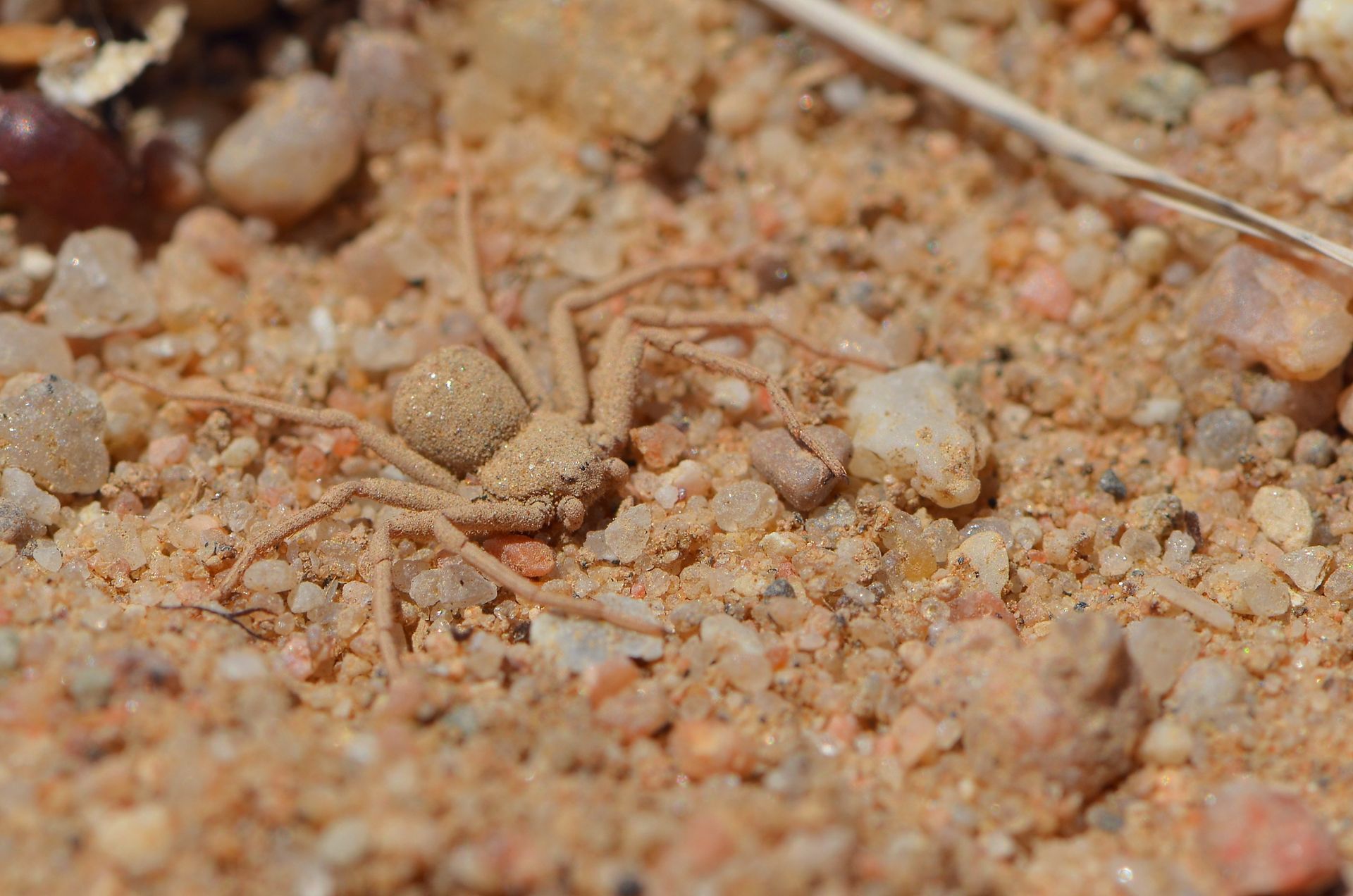
Sicarius spiders are commonly known as six-eyed sand spiders and are recognized for their potent venom that can cause tissue necrosis, blood thinning, and large open sores. Some studies even suggest that their venom might be more destructive than that of the recluse spider family. However, there's limited evidence regarding its effects on humans. These spiders, particularly the Sicarius terrosus, are ambush predators that bury themselves in sand or dry soil where they lay waiting for prey to come close enough to strike rather than actively hunting. They are primarily found in South America with a single species spotted in El Salvador, Nicaragua, and Costa Rica. They are characterized by their six eyes instead of eight that most spiders have. Despite their venom's potency, encounters with humans are rare and they are not known to be aggressive.
Chilean Recluse Spiders (Loxosceles reclusa)
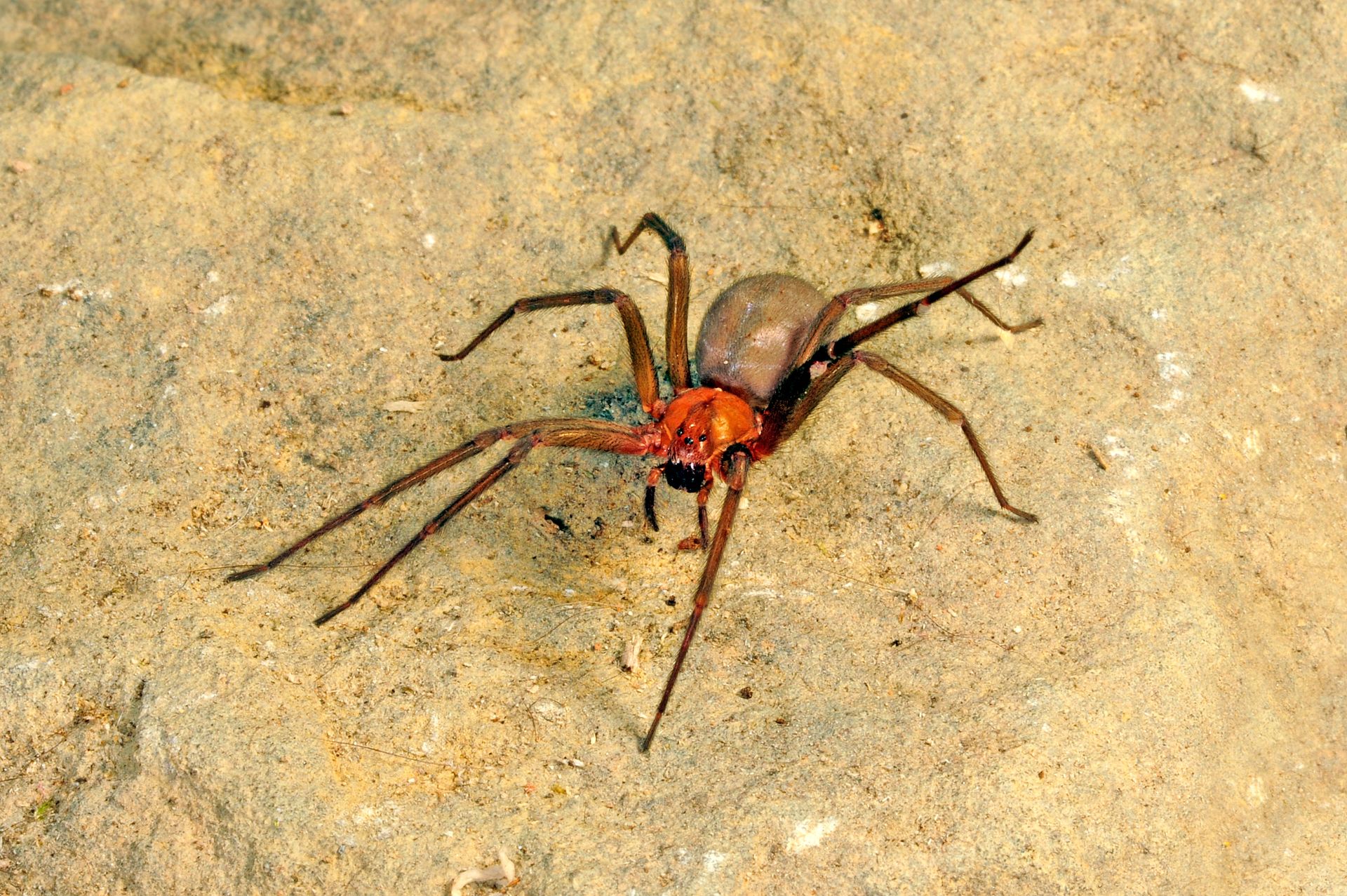
The Chilean recluse spider is frequently regarded as the most hazardous among the recluse spider family. Its bite can lead to a wide spectrum of symptoms, from minor skin irritation to severe necrosis, which is the premature death of skin or other cells. In rare instances, the venom can even be fatal with studies indicating mortality in approximately three to four percent of bite cases. The Centers for Disease Control highlighted a case where a victim exhibited profound necrosis just a week after being bitten by a Chilean recluse. Such wounds can take months or even years to fully heal and often leave behind significant scars.
Brazilian Wandering Spider (Phoneutria fera)
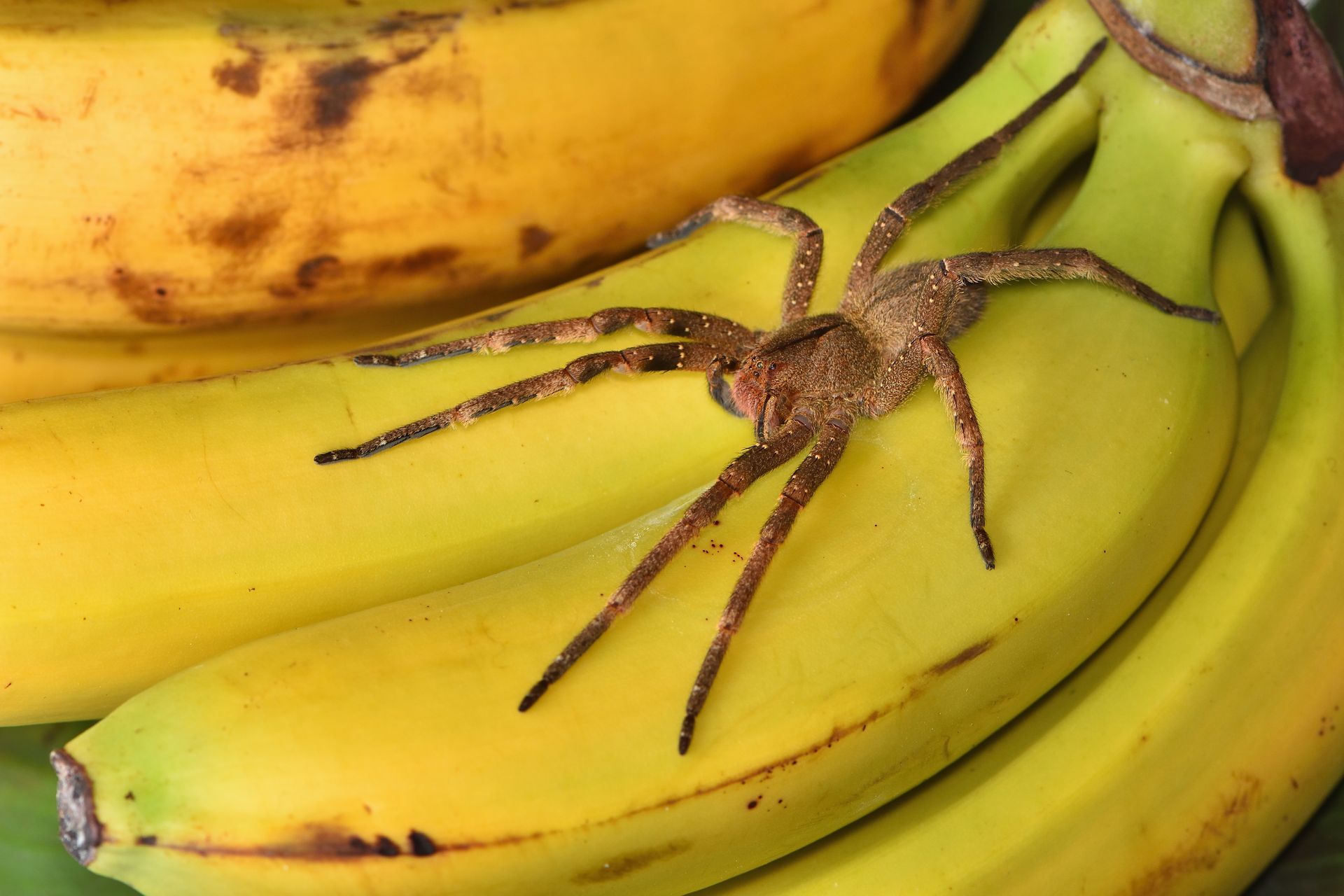
The Brazilian wandering spider is more commonly known as the banana spider. It is notorious for its potent venom and is considered by the Guinness Book of World Records as the deadliest spider in the world. These spiders are native to Brazil and are frequently found on banana leaves which sometimes results in them being found in banana shipments. When they feel threatened, they take an aggressive defense posture and raise their front legs. Their venom is neurologically active which causes symptoms like severe burning, sweating, goosebumps, irregular heartbeat, and vertigo. Another unique symptom that affects men only is prolonged painful erections. Despite the hundreds of reported bites annually, a powerful antivenom has made deaths from banana spiders rare. However, it's worth noting that while their venom acts slowly, their painful bite can be especially lethal to children.
Redback Spiders (Latrodectus hasselti)

The redback spider is Australia's counterpart to the black widow. It is a venomous arachnid that is recognized by the prominent red stripe or hourglass-shaped mark on its black back. Like its North American counterpart, this marking is much more pronounced in females. While they are predominantly found in Australia, they are now also found in New Zealand, Belgium, and Japan as a result of being transported through various agricultural exports. While they inhabit various Australian environments, they are also present in dense urban areas and commonly nest in human homes. Annually, there are 10,000 reported cases of people being bitten in Australia. The venom contains neurotoxins known as alpha-latrotoxins, causing a range of symptoms based on the venom quantity. Around one-third of the people who reported bites experienced symptoms like nausea, vomiting, abdominal pain, and hypertension. In extreme cases where complications occur, respiratory failure is a possibility, but fatalities are rare. The last recorded death was in 1956, but infants, the elderly, and immunocompromise are particularly vulnerable. Both male and female redbacks carry venom, but females are much more likely to inject venom while males tend to deliver “dry” bites.
Contact EcoGuard if You Are Dealing with a Dangerous Spider Problem
If you suspect the presence of venomous spiders in your vicinity, it's crucial to prioritize your safety and that of your loved ones. Venomous spiders can pose significant health risks and it's always best to consult professionals when dealing with such threats. EcoGuard Pest Management boasts a team of experienced spider control experts who are well-equipped to handle these arachnids safely and efficiently. Don't take chances with your well-being. Reach out to EcoGuard Pest Management today and let us ensure your environment remains spider-free and safe.
Venomous Spider FAQs
-
What is the most venomous spider in the world?
The Brazilian wandering spider, often referred to as the banana spider, is frequently labeled as the most venomous spider in the world. Native to Brazil, its venom is highly neurotoxic and can lead to severe medical complications or even death if bitten and left untreated.
-
What is the 2nd most venomous spider?
The Sydney funnel-web spider is commonly recognized as the second most venomous spider. Found in regions of Australia, its bite can be lethal to humans, especially if the venom is not promptly neutralized with the appropriate antivenom.
-
How rare are venomous spiders?
While there are thousands of spider species globally, only a small percentage are venomous to humans. Of these venomous species, an even smaller fraction pose a significant threat which makes truly dangerous spiders relatively rare in the grand scope of arachnid diversity.
-
Is a dead spider still poisonous?
Yes, a dead spider can still be poisonous. If a venomous spider is ingested or if someone were to come into contact with its fangs, the venom could still be transferred and remain potent for a time after the spider's death. However, the risk of envenomation from a deceased spider is considerably lower than from a living one.
Request A Free Estimate
We will get back to you as soon as possible
Please try again later
Immediate Service Available
Services
Customer Care
Legal
Working hours
- Mon - Sun
- -
All Rights Reserved | EcoGuard Pest Management | All Phone Calls Recorded | By Using Website You Agree To Terms Of Use



